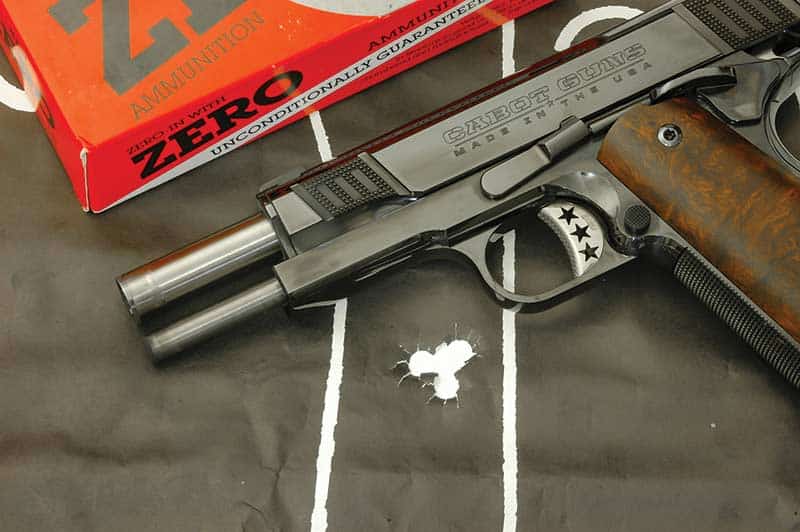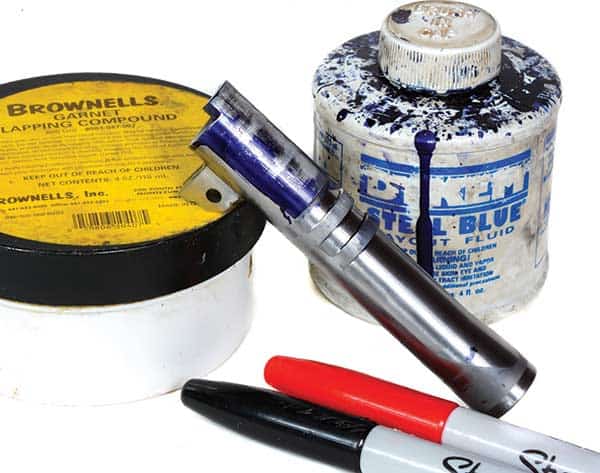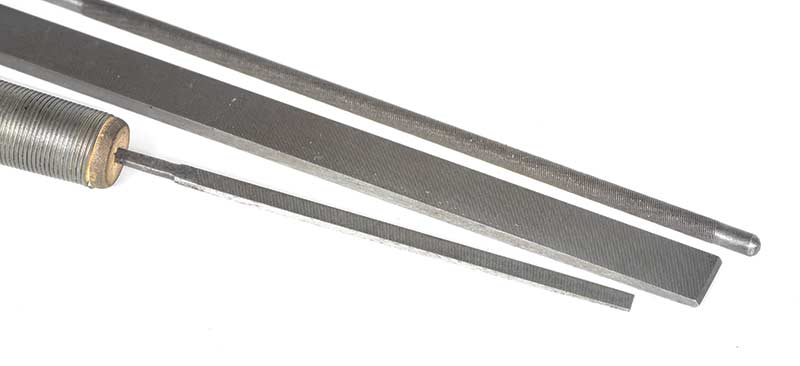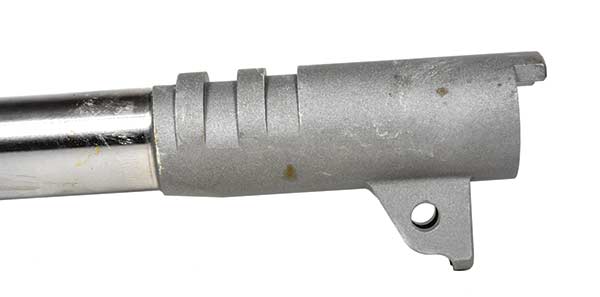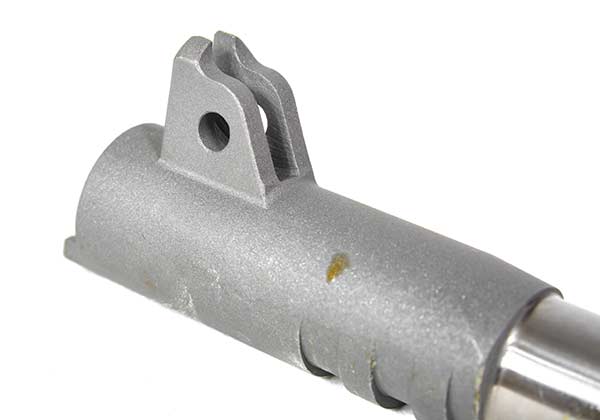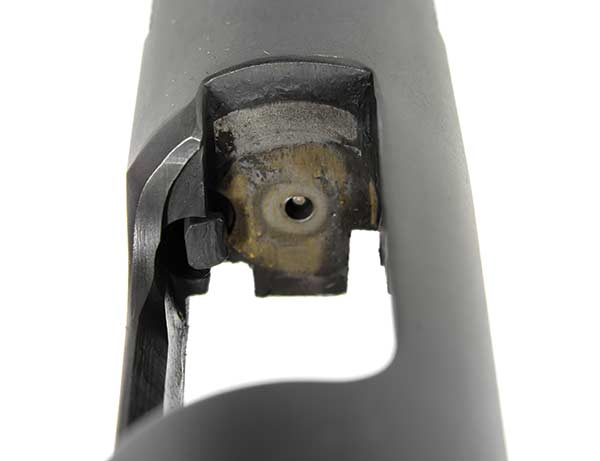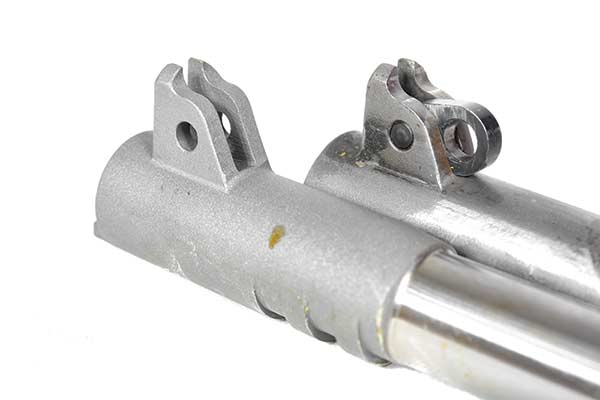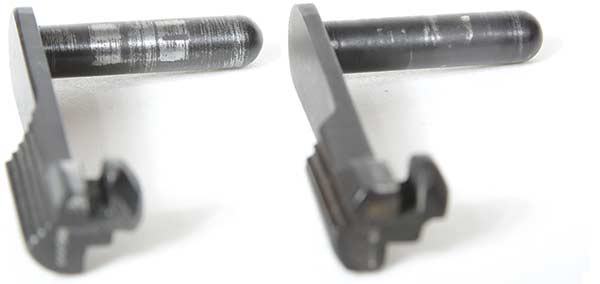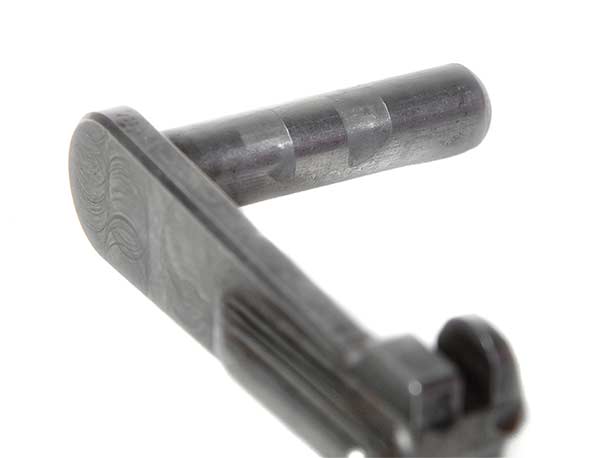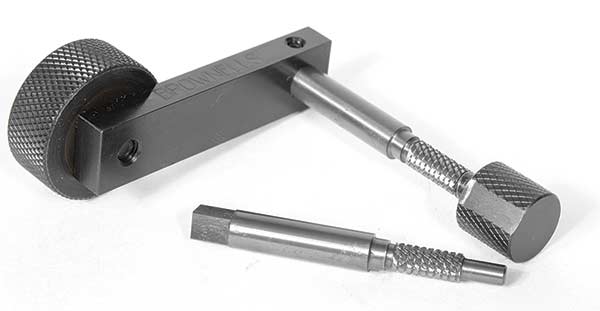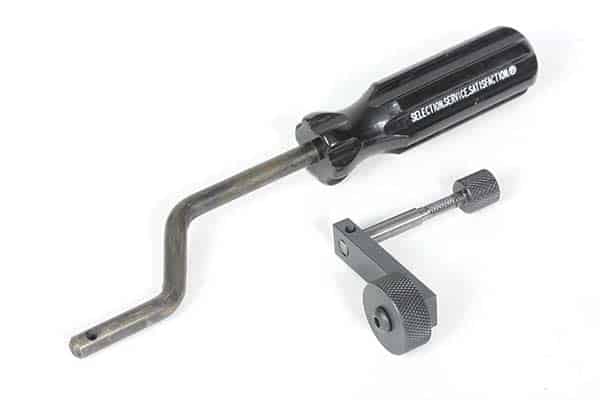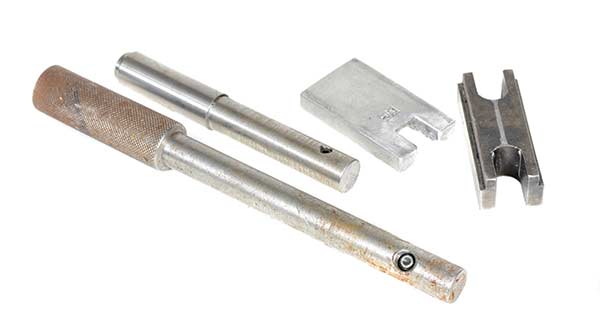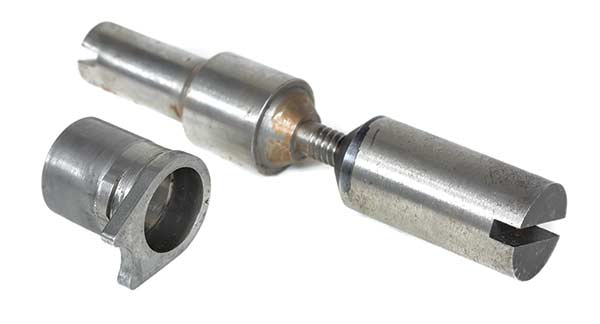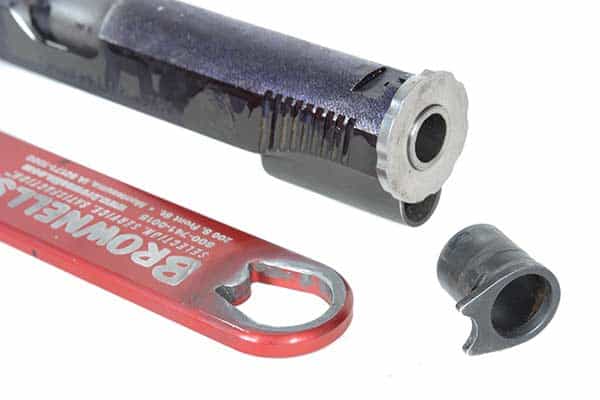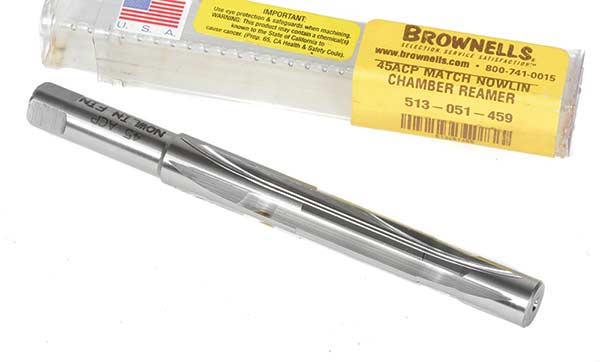I sure do miss mine!
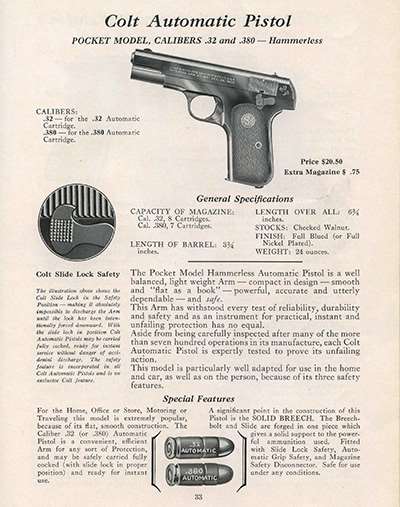
Advertisements for the commercial versions of the Colt .32- and .380-cal. pistols (above) ran in this magazine prior to World War II. Courtesy of American Rifleman archives circa 1935.
Maine gun owners aren’t out of the woods yet concerning the proposed “assault weapons” ban pushed by anti-gun Democrat lawmakers this session.
While Gov. Janet Mills vetoed LD 2086 back on April 29, some in the legislature are attempting to override the governor’s veto. And tomorrow, both the state Senate and House will be holding a vote that will either uphold or override that veto.
In her veto message concerning the measure, Mills said the bill might unintentionally ban weapons that responsible gun owners use for hunting or target shooting.
While Mills said she agreed that semi-automatic firearms converted into the functional equivalent of a machine gun should be restricted, she said she was concerned that certain language in the bill could have a “risk for unintended consequences.”
“Such legislation should only be developed in a deliberate, inclusive and clear manner for both gun safety advocates and those concerned with protecting lawful access to firearms,” Mills said in the veto message.
In fact, the governor’s fears were well founded. The legislation would actually create a backdoor ban on commonly owned firearms and firearm parts by redefining a “machine gun” to include any semi-automatic firearm that includes parts that could “increase the rate of fire.”
As Gun Owners of Maine said in a recent update to members: “Destruction of firearms and alterations in the definition of Machine Gun to include commonly owned semi-automatic firearms modifications is not only a waste of perfectly good firearms, it is a stepping stone to a ban on ‘assault’ weapons.
This amendment brought to light the fact that Maine’s current statute surrounding the definition of a Machine Gun (as assessed by attorneys specializing in firearms) could be construed to include shotguns/buckshot/snake shot. Yes, this law has been on the books for decades, but it is out of step with federal law and frankly, ‘intentions’ of politicians who seek to remove firearms from the hands of law-abiding citizens is not something we trust. This definition needs to be amended and we will be seeking to do so next session.”
Maine gun owners found themselves under heavy fire by gun-hating Democrats this legislative session following last fall’s mass murder in Lewiston. The governor allowed a measure requiring a three-day waiting period before gun purchasers who have already passed the federal background check can have a new gun transferred to them. She also signed bills making it easier to confiscate firearms without due process, requiring background checks for private sales through online means and strengthening a law that forbids the “reckless” sale of a gun to a prohibited person.
Interested Maine gun owners should contact their Senator or Representative immediately and ask them to vote to uphold the governor’s veto on the “assault weapons ban.”
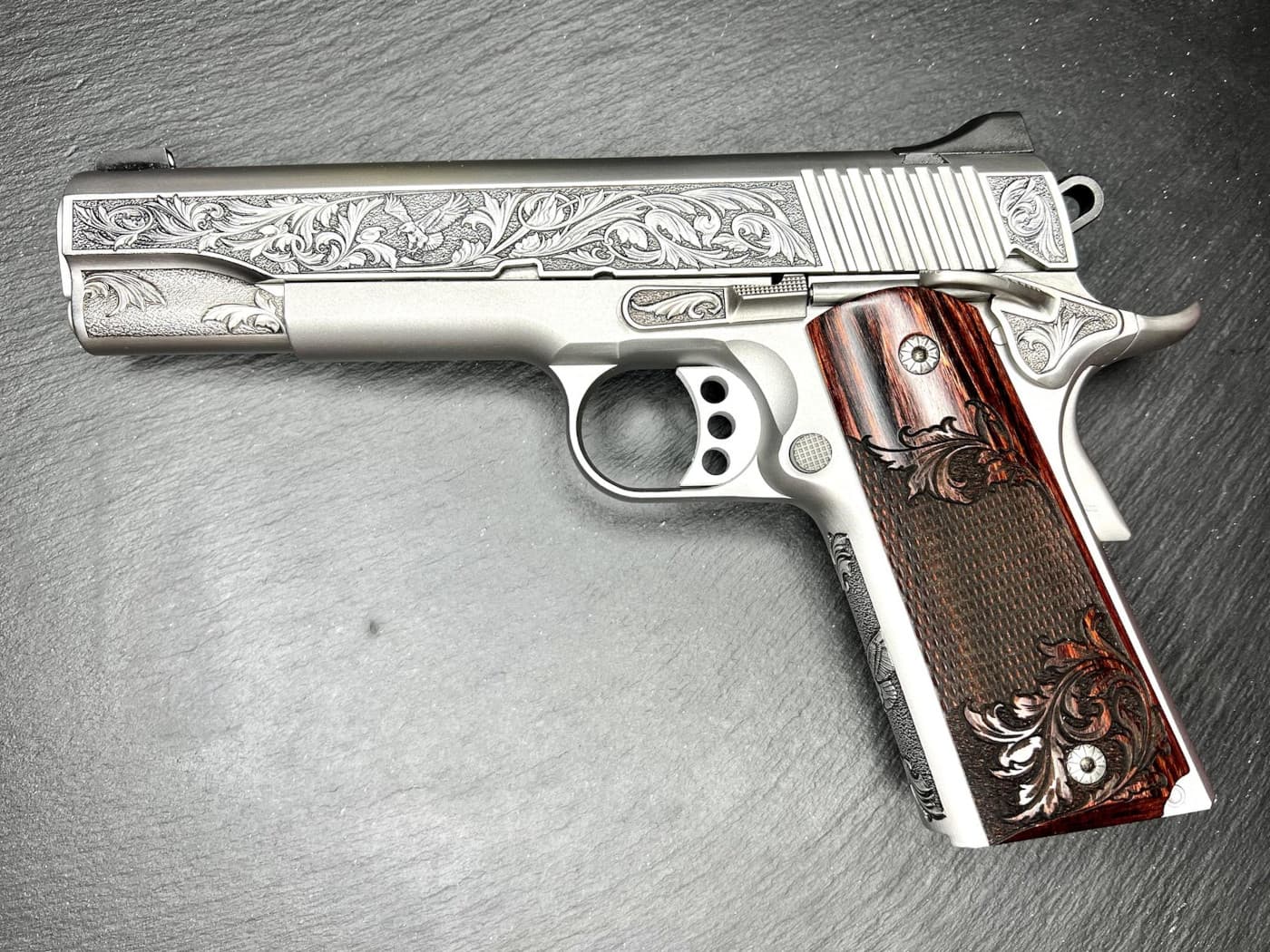
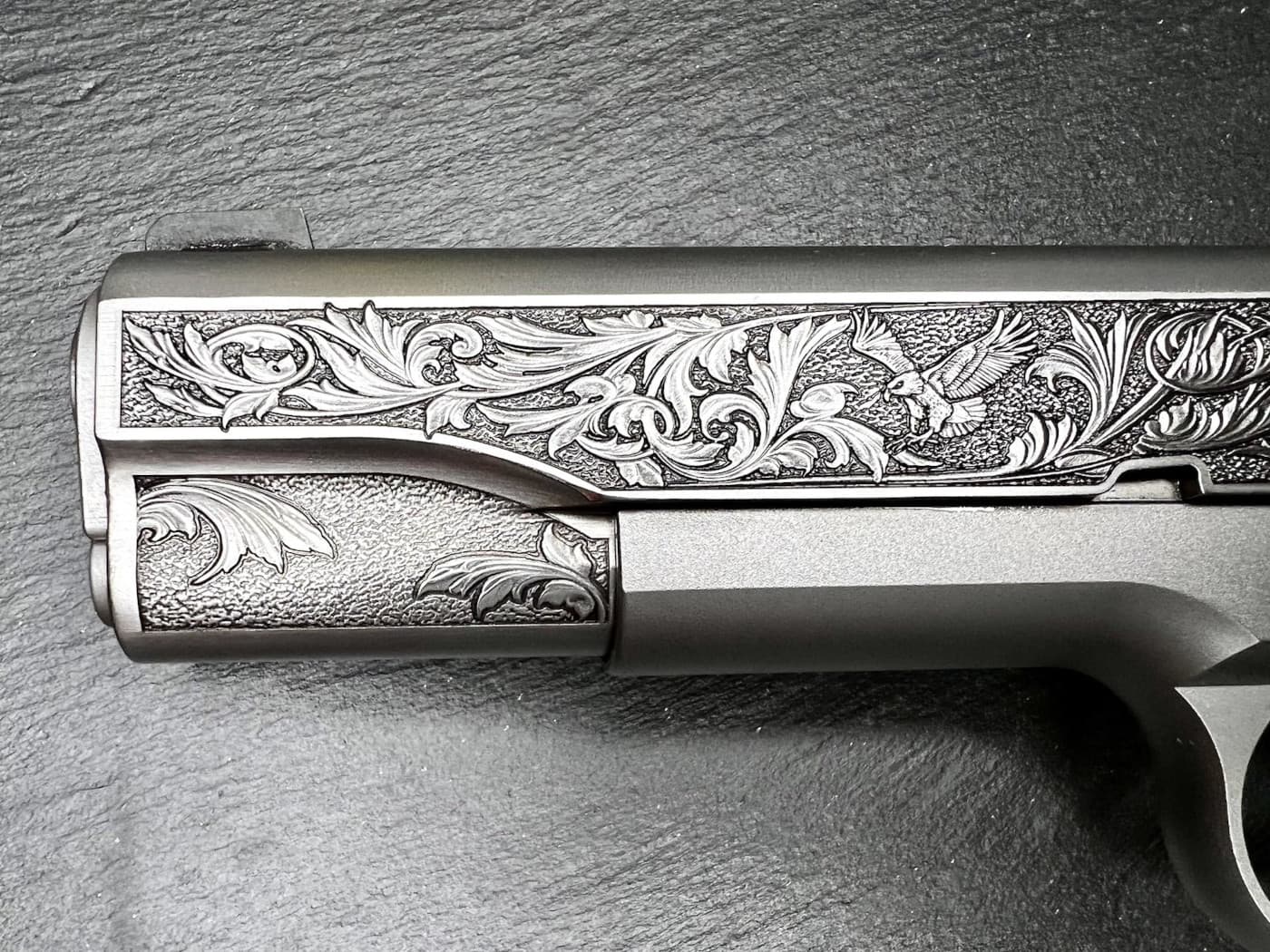
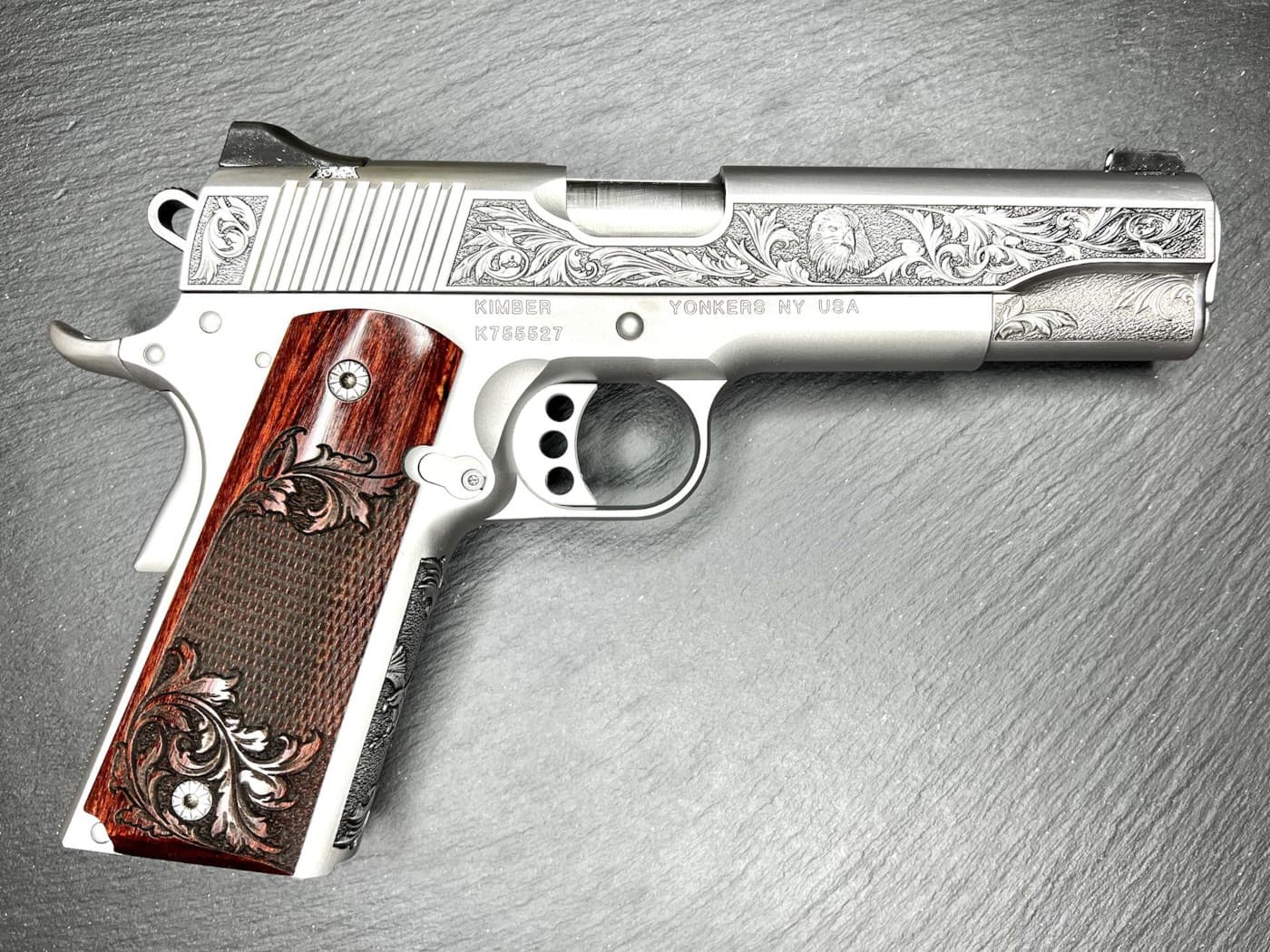

This Old Gun: Beretta M1934
Enjoy the Decline!
1944 Mosin Rifle ASMR Loading
The heart of any M1911 is the barrel. Unlike most rifle barrels, this doesn’t just mean the quality of the bore is important — it is. But since the barrel is an integral part of the gun’s cycling, the outside of the barrel is every bit as critical. If the barrel isn’t “fit well,” it won’t return to the same place every time, which means no matter how beautiful the bore is, it will be pointed in a different direction every time the slide cycles. Particularly poor fitting means the gun won’t run at all.
So, when you hear about a match barrel, the important part is less how shiny the bore is as where the fitting points are and how well they are fit to the gun.
“Drop-in” barrels are usually designed to reduce the external tolerances so the barrel fits tighter but don’t usually have all the same fitting points as a traditional match barrel. While it’s an improvement, and may be the only choice for some shooters, it’s not the same as a fully fit barrel.
While everyone does it a little differently, I was taught the “hard fit” technique by Wayne Novak, who learned it from AMU armorer John Miller. Let’s talk about where a barrel should be fit and some basic ways to tell if it’s done correctly.
The fitting points can be summed up in four categories in this order: back, top, bottom and front.
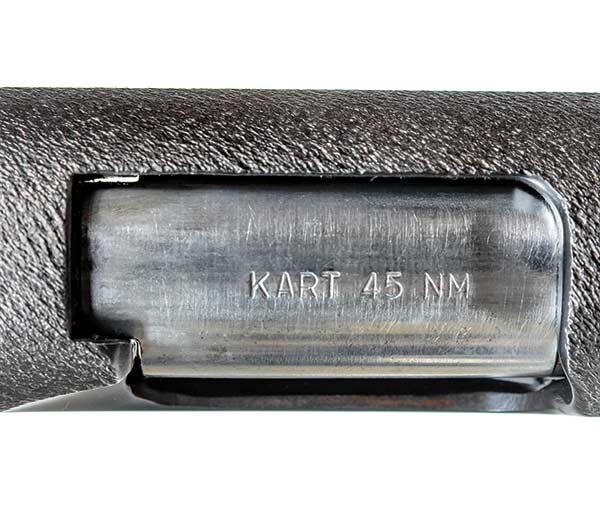
The first part to be fit is usually the hood, which should sit firmly against the breechface (left). Light on either side of the hood is acceptable, as it’s not a critical fitting point. Light between the barrel and the breechface, however, is a bit of a warning sign (right). This pistol will shoot better without the play.
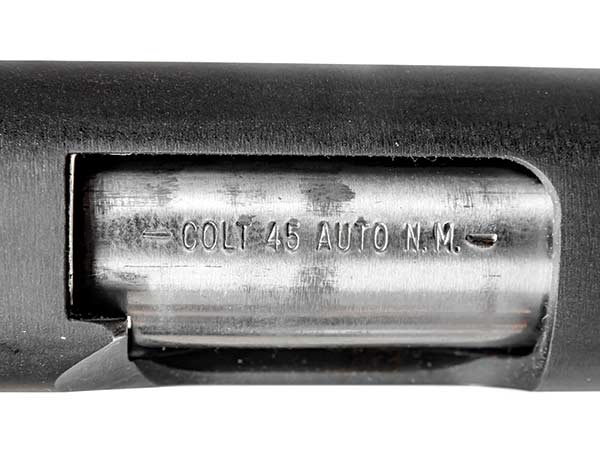
The first part to be fit is usually the hood, which should sit firmly against the breechface (left). Light on either side of the hood is acceptable, as it’s not a critical fitting point. Light between the barrel and the breechface, however, is a bit of a warning sign (right). This pistol will shoot better without the play.
Barrel Hood
The first part of fitting a barrel is getting it into lockup, and this means first filing or stoning the barrel hood that protrudes from the rear of the chamber area. It should begin the fitting process oversize in both width and length.
Generally, this starts with narrowing the sides, then shortening the hood so it will move upward along the breechface. In this step, as with every step, it’s critical to keep the barrel oriented up-and-down correctly so the barrel doesn’t sit at an angle in the gun, and to keep the rear of the hood square to the breechface so it bears on it evenly. There’s a school of thought saying the width of the hood is less important than the length. I tend to agree with this, so it doesn’t particularly bother me to see light on either side of the hood, just not between the end and the breechface. A gun that’s been shot will usually have a print on the breechface showing where the hood moves up and down on it, and a strong, even print is good evidence the hood is fit correctly.
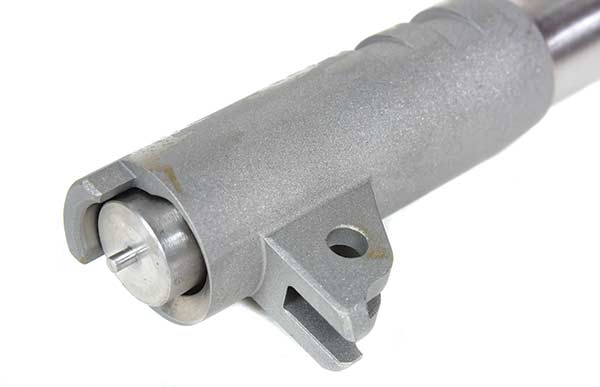
A range rod is a time-honored way to check vertical alignment. The end of the rod will slip into the firing pin hole when the barrel is high enough. This, of course, assumes the hole is correctly located. This rod is from Brownells and has different-sized protrusions on either end for .45 or .38 Super/9mm firing pin holes.
Upper Locking Lug
Once the hood allows the barrel to move upward, the rear upper locking lug — the top of the barrel — is filed until the barrel can move all the way up into full battery, something usually checked with a range rod (a fired, de-primed case is an old trick as well, but won’t work as well with pistols having .38 Super firing pin holes). Often, fitting the top lug includes final fit on the barrel hood as well. The barrel should unlock with light thumb pressure before moving on to the next step.
There’s a misconception fitting the barrel upward into the slide locking lugs is the most important part, so much so some people recommend getting a long barrel link to push the barrel upward, moving the lower barrel lugs upward and away from where they should rest on the slide stop. This is incorrect: While the upper lugs need enough engagement with the slide to adequately lock the breech, an M1911 barrel is most consistently locked in place when the barrel lugs rest equally on the slide stop — hence the importance of a barrel with extra material for fitting on both sets of lugs.
Bottom
Now to the bottom — when the barrel-to-slide lockup has been finished, the barrel is locked into place in the slide and the lower locking lugs are cut through the slide-stop hole while the barrel and slide are installed on the frame. This is another step where it’s critical to make sure the barrel is not locked to one side, which is not good. With the slide-stop “seat” cut into the lugs, the lugs are shaped and smoothed so the barrel and its link will pivot smoothly around the slide-stop cross pin without hitting any high spots left on the lugs.
Looking at the slide stop usually gives the game away about whether a barrel will hit or not: A correctly fit barrel will leave a distinctive wear mark looking like the mirror image of the barrel lugs. The closer the mark is to the full profile of the lugs, the better it will shoot and the longer the fit will last. Uneven or very small marks are less desirable, and flat spots pounded into the cross pin could mean the gun is not unlocking correctly. After cycling the slide by hand, a barrel with good lug support should not move at all when you push down on the chamber area.
Bushing Fit
The front part of the barrel fit consists of how well the bushing fits both in the slide and on the barrel itself, and it’s usually done last (a looser work bushing is used during fitting to keep the barrel aligned in the slide). One of the classic ways of fitting a bushing is to turn the barrel down in diameter about a half-inch or so behind the muzzle, which reduces friction because the bushing doesn’t fully seat until the gun goes into lockup. Match guns may be different, but on a defensive gun, you should be able to turn the bushing in the slide without using a wrench, though you may need to push the slide backward a bit to do it. (Did you remember the bushing fits tightest on the barrel when in full lockup?) Coned or “bull” barrels should also fit tightly at the muzzle, but in this case, the cone is fit contemporaneously with the back and top of the barrel, instead of last like the bushing is.
A correctly fit barrel should show zero discernible motion in the chamber area once locked up, and you should be able to remove the recoil system from the (empty) gun and have it both lock and unlock easily under its own weight when you move the gun from muzzle-up to muzzle-down and back.
If you can do it, congrats, you’ve got a shooter.
